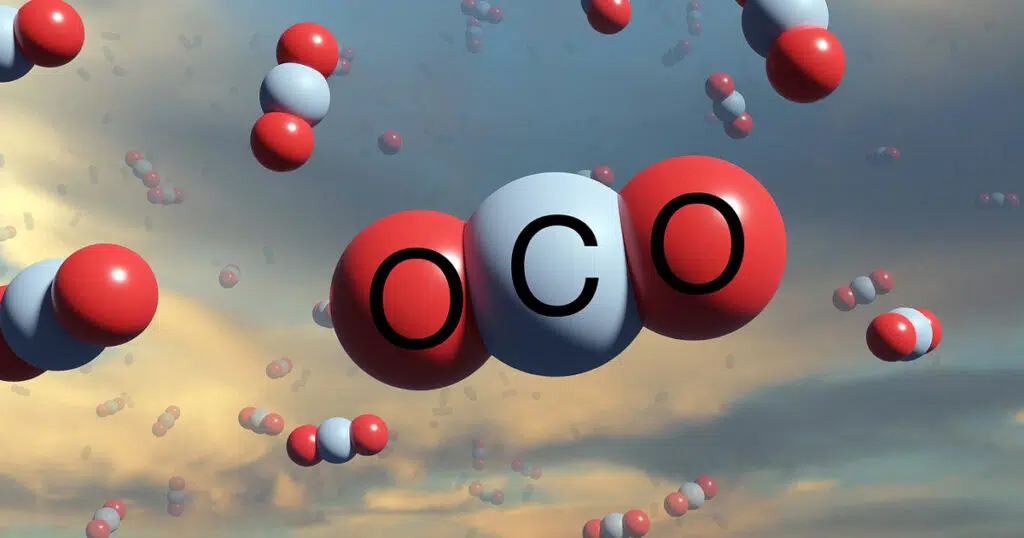
Study: How To Convert CO2 Affordably Into Fuels, Other Usable Chemicals
There’s now a way to take carbon dioxide emissions and affordably convert them into large quantities of industrial-grade fuels, say researchers at the University of Waterloo in Ontario, Canada.
Explained in a study published today in the journal Nature Energy, the new technology produces 10-times more carbon monoxide, which can be used to make ethanol, methane and other usable substances, than existing, small-scale systems currently limited to testing laboratories.
The revolutionary approach utilizes individual storage cells that can be stacked to form reactors of any size — meaning the technology is customizable and could be installed directly on-site, at plants, for example, that generate carbon dioxide emissions.
“This is a critical bridge to connect CO2 lab technology to industrial applications,” said Dr. Zhongwei Chen, a chemical engineering professor at Waterloo. “Without it, it is very difficult for materials-based technologies to be used commercially because they are just too expensive.”
The new system features employs devices known as electrolyzers, which convert carbon dioxide — a significant greenhouse gas produced by burning fossil fuels — into carbon monoxide by using water and electricity.
The electrolyzers developed by the Waterloo research team include newly-designed electrodes and a new kind of liquid-based electrolyte that is saturated with carbon dioxide and flowed through the devices, where an electrochemical reaction.
results in the conversion to carbon monoxide.
Basically, the electrolyzers are 10-centimeter by 10-centimeter cells, many times larger than existing devices.
“This is a completely new model for a CO2 reactor,” said Chen, the Canada Research Chair in Advanced Materials for Clean Energy. “It makes the whole process economically viable for industrialization and can be customized to meet specific requirements.”
The researchers envision on-site reactors — potentially as large as a single-family house, if not bigger — located at coal-fired power plants and factories. In those cases, carbon dioxide emissions could be immediately fed into the converter, therefore eliminating the need to capture and collect the carbon dioxide first.
The team is also exploring the possibility of powering their converter reactors with renewable energy sources such as solar panels.
“I’m excited by the potential of this technology,” Chen said. “If we really want to make a difference by reducing emissions, we have to concentrate on reducing costs to make it affordable.”
According to a 2021 report by Lux Research, a market-research company based out of Boston, Massachusetts, more than 80 firms have been researching new approaches for using carbon dioxide.The market for carbon dioxide-based products currently accounts for less than US$1 billion annually, but, based on the Lux numbers, will grow to about $70 billion by 2030 and could perhaps reach $550 billion by 2040.
Data from the Paris-based International Energy Agency show an estimated 230 million tonnes globally of carbon dioxide are used each year. The largest carbon dioxide consumer is the fertilizer industry, where 130 million tonnes are used, followed by the sectors of manufacturing, and oil and gas production — the latter of which consumes about 70 to 80 million tonnes of carbon dioxide each year for enhanced oil recovery. Other commercial applications include food and beverage production, metal fabrication, cooling, fire suppression and stimulating plant growth in greenhouses.



